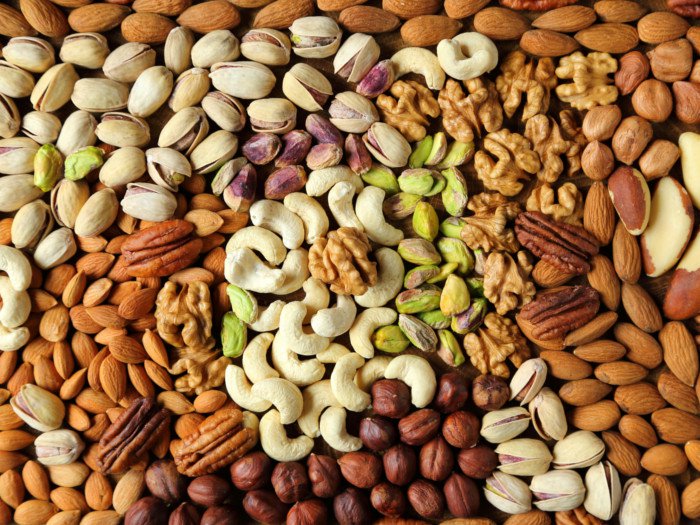
Feng shui is an ancient Chinese philosophy that seeks to find balance and harmony between elements. The words literally mean “windwater,” which are associated with good luck, and good health. Not only are these two elements basic and vital to human existence, but they also move and flow around the world. Incorporating feng shui goes beyond Western design tenets of comfort or aesthetic. Instead it places emphasis on physical and mental health, success, and healthy relationships, which is brought on through positive energy flow.
The five important elements of feng shui are wood, metal, earth, water, and fire.
Wood
Symbolizes growth and vitality. Placing wood items in your space encourages personal growth. Plants and wooden furniture are easy ways to add this element.
Metal
Symbolizes logic and intelligence. It supports knowledge and mental sharpness. Add this element to your space with metal frames or sculptures.
Earth
Symbolizes stability and balance. It helps to ground and stabilize. Bring the earth element inside with rocks, crystals and landscape imagery.
Water
Symbolizes wisdom and serenity. It helps with clarity and relaxation. Mirrors, reflective surfaces and aquariums are ways to add the water element to your space.
Fire
Symbolizes passion and energy. It’s representative of transformation, expansion and volatility. Use candles and red objects to enhance your space with fire.
To increase the amount of good vibes in your home, follow these easy feng shui home decor tips
Good Chi Flow in a Clear, Open Space
The single most important objective in creating feng shui is allowing for the flow of good energy, or chi, throughout your home. Chi brings good health, wealth and luck. When you see the homes of wealthy people, the number one thing that you actually see is open space. An abundance of open space. Strange, no? Rarely do you see wealthy houses full to the brim with all sorts of stuff. It is the luxury of open space and plenty of breathing room that attracts more wealth energy. In feng shui terms this basically means there is open space to allow more and to enjoy more. To create more, explore more and be more .
Declutter your home
Clutter is stuck energy, and the essence of cluttered spaces – as well as the dominant energy of people who live in cluttered spaces – is based on fear mixed with pessimism. Decluttering must be thorough—simply hiding your stuff won’t cut it. Items under the furniture, overloaded bookcases and closets, and outdated or broken items all affect chi flow .Directly connected to the concept of a clutter clear space is clear organization. If you do not have an organized house, chances are you will start quickly accumulating clutter again. Each item in your home deserves a space of its own, no matter how small; this makes for a peaceful house with strong and clear energy.
Add plant :
Nature is the ultimate manifestation of unlimited wealth and abundance, so replicating the lush energy of nature in your home will help you attract the same quality of energy. Money Plant or not, lucky Bamboo or not, know that decorating your home with lush, verdant happy plants in good looking, solid pots is an excellent feng shui wealth magnet. Plants also attract vibrant chi energy due to their life force. As long as the plants are kept healthy, you’re attracting good energy.
Some plants are better for feng shui than others. In fact, some plants, like cactus, are considered bad feng shui, because they lack the need for water (water is like wealth), or they’re spiky and “unfriendly.”
Here’s a list of some of the best (and luckiest) plants you can invite into your space. Most of these plants are low-maintenance, and do very well indoors:
- Lucky Bamboo
- Peace Lily
- Ficus
- Rubber Plant
- English Ivy
- Palm
- Boston Fern
- Philodendron
- Spider Plant
Use Feng Shui Wealth Colors
Colors play a very important role in feng shui; add them through wall art, decorative objects or paint.
Here’s a general list of what each color activates:
- Red: luck and wealth
- Orange: happiness and fun
- Yellow: mental stimulation, power
- Green: peace, balance, healing
- Blue: calmness, communication, spirtuality
- Purple: wealth, high spirituality
- White: cleansing and purity
- Black: power, especially when paired with red
- Brown: nurturing
Feng Shui Wealth Cures
There is a variety of popular classical feng shui money cures that can work for you as wealth magnets (if you genuinely like them). The top 5 classical feng shui wealth cures are:
1. The Laughing Buddha
2. Arowana fish figurines (or real aquariums made to feng shui specifications)
3. The feng shui money frog
4. Various hangings and tassels made with Chinese coins
5. The wealth vase.
These are just the basics of feng shui; there’s much more to the art and science, including directions, numbers, elements and more. Getting started with these tips should be a good start; you should feel the difference in your space in no time!





